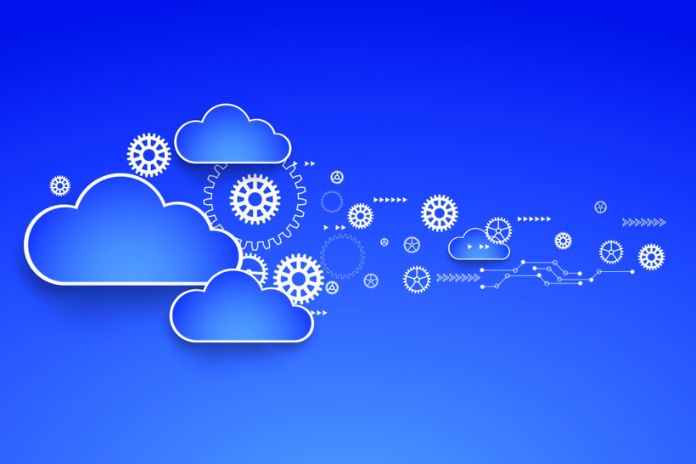Fog Computing: Currently, we have computational operations that are no longer utterly dependent on centralized databases or stored in the cloud but can be performed from the device’s sensor.
We are talking about the IoT ( Internet of Things ), a digital revolution transforming our way of dealing with technology and interacting with the world. Through it, we envision a future where technology will be increasingly accessible and present in everyday tasks, always ready to connect people, objects, and devices everywhere. While we are already enjoying these advantages, the journey is just beginning.
There are still some obstacles to its full development, such as cloud computing, which works with limited bandwidth and resources that work on-demand, making it difficult to process information fully.
For this reason, Fog Computing is the most suitable for dealing with IoT technology. It can process and store data close to the devices that originated it, with a shorter response time, and then sync with a central cloud.
Continue reading the article and understand what fog computing is and how it can be helpful for IoT.
What Is Fog Computing?
Mist Computing is a decentralized computing architecture that distributes data, processing, and application storage in a more appropriate location between the data generating source and the cloud, creating a kind of interconnection between these two environments.
The literal definition of the term refers to a cloud “closer to the ground.” An abstraction of this would be a layer of fog below the cloud, close to where the data is created (“on the ground”), connecting it to the storage destination, a data center, or the cloud.
This makes Mist a computing model closer to the end-user and with greater geographic reach due to the easy connection with devices (smartphones, tablets, and sensors). As the processing occurs closer to the machines where the data is generated and collected, the response speed is higher, and the traffic with the central cloud decreases.
Fog computing works more efficiently for workloads that require faster response time (low latency) and low processing power. Cloud Computing is the best choice for workloads with high latency and high processing power.
Contribution To The Internet Of Things
The advancement of IoT has significantly increased the volume of data generated in the digital environment, which has also developed obstacles to its proper functioning and progress since all data is transported to the cloud, congesting data transport. This causes the response time for processing to increase and unable to meet the IoT’s demands adequately.
For this reason, Computing in Fog emerges as a solution that reduces the amount of data transported to the cloud, increasing the communication power between cloud and device, with the more incredible speed of response, processing, and information storage.
This operation is carried out by the Gateways of Computing in Mist, which perform functions in the edge environment, that is, in the outer layer of the network. It is in this communication between devices and sensors that all connection tasks are processed.
In summary, the reason why Fog Computing is ideal for the IoT is because of the following:
- Reduction of traffic to the cloud: Since the processing is done at the ends of the environment, operating with lower latency and less data congestion.
- Security: Cloud computing works with a short data transport path and a complex system of nodes and encryptions, which filter the data before sending it to the central cloud.
- Low latency: This increases real-time information processing power.
- Speed: Being closer to the end-user provides faster communication between devices and the cloud.
- More excellent failure resistance: High processing power, fast data analysis, and security.
- Cost reduction: Due to the decrease of data sent to the cloud, cloud platforms charge for the type of service and amount of data processed.
Fog Computing At Your Fingertips
With the growing need to use technology to solve everyday problems and integrate devices with the internet, the trend is for the IoT to grow even more, making technology as natural as breathing.
Fog computing is an excellent ally of the IoT, working to help companies advance toward Digital Transformation and users enjoy greater ease in everyday life.
Also Read: Is Cloud Storage Safe? Understand About It!

